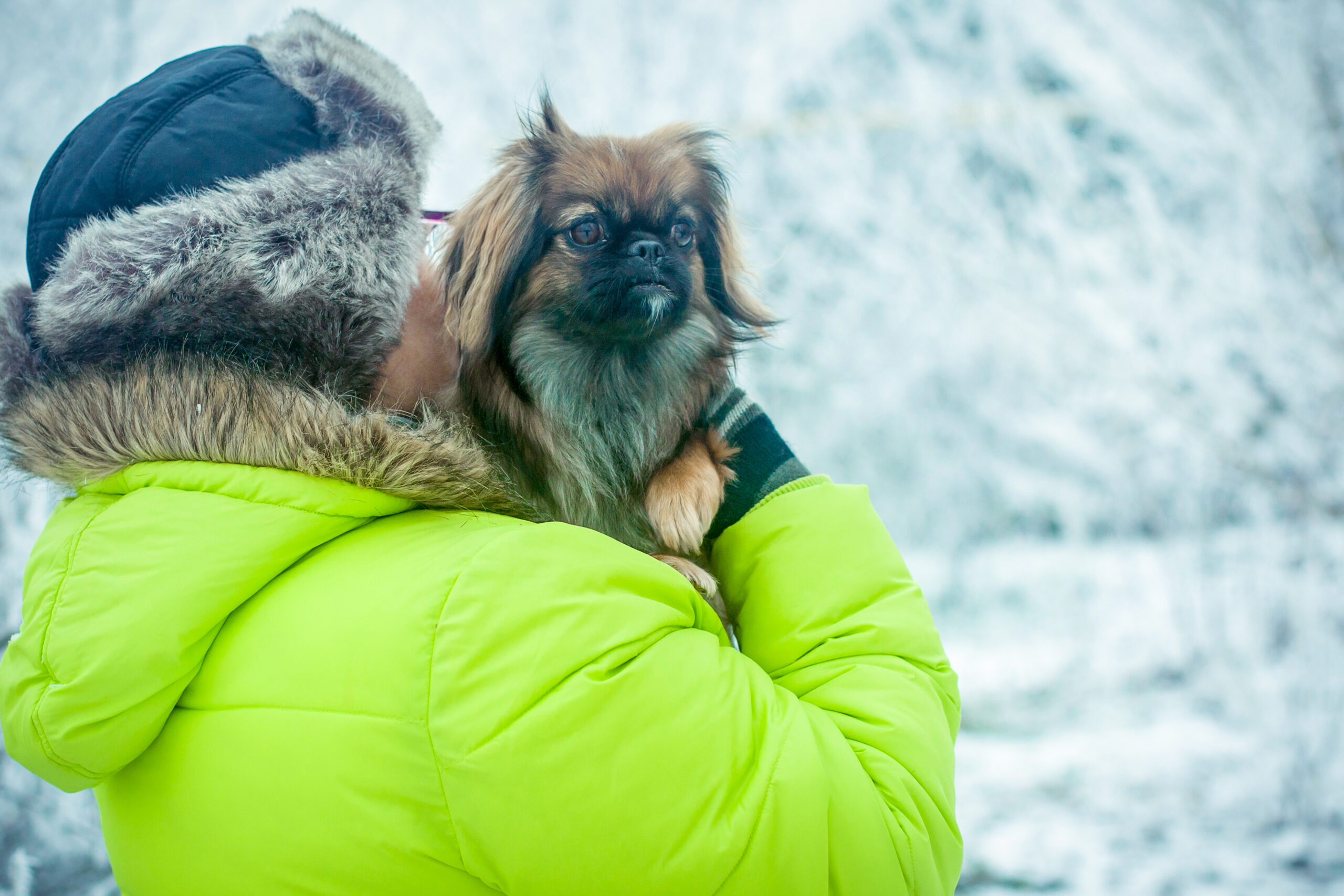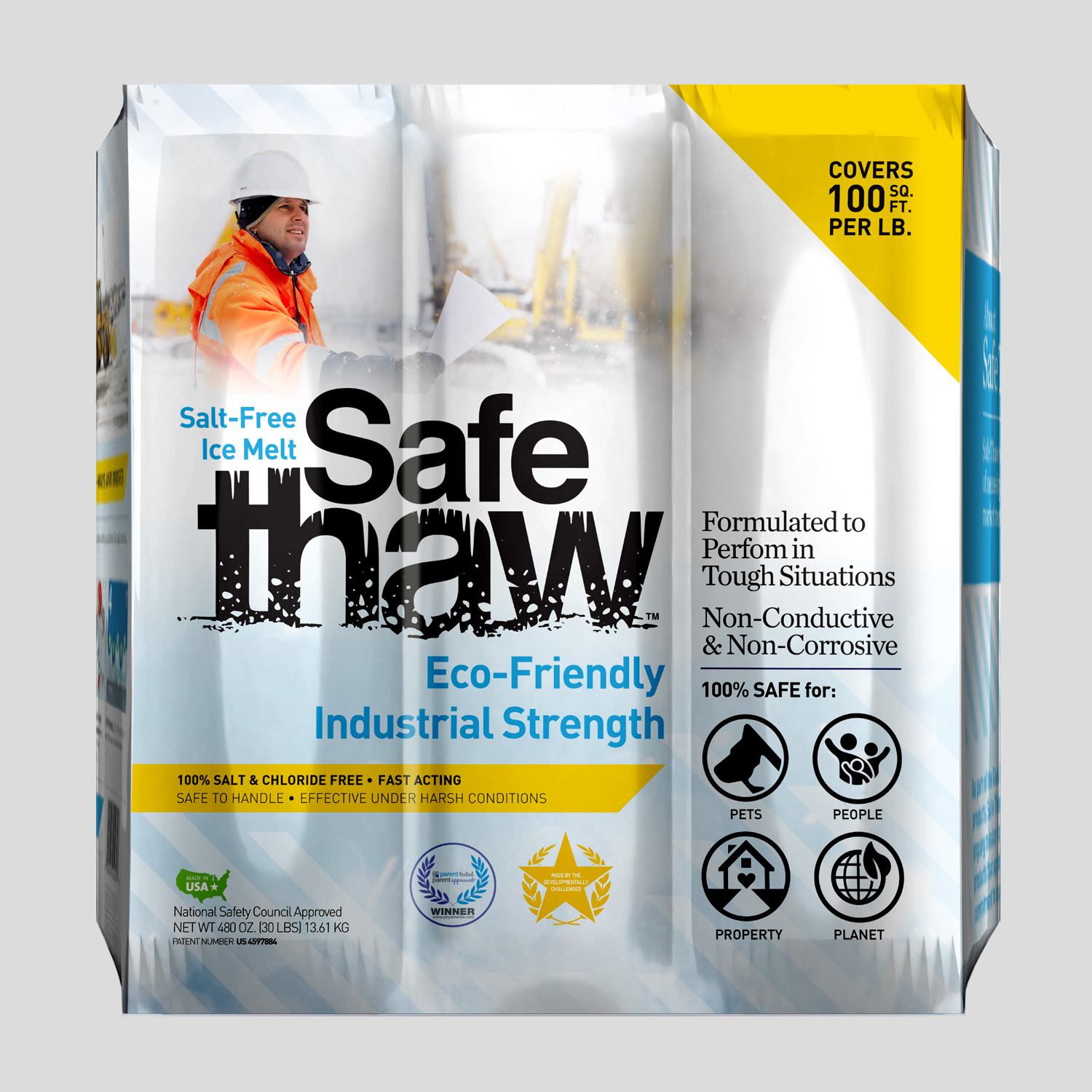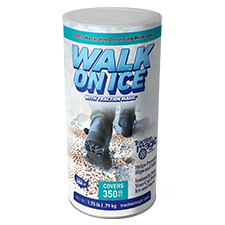DIY Dry Ice: A Simple 5-Step Method

Dry ice, the solid form of carbon dioxide (CO2), is known for its extremely cold temperature and unique properties. While many are curious about how to make a dry ice or how make dry ice at home, it’s important to understand the process and handle it safely. Here’s a straightforward guide to making dry ice, along with its negatives and a safer alternative for certain uses.

Safe Thaw
Safe Thaw was created as the ice management solution for tough winter environments. Ideal in commercial and industrial properties, shops, government agencies, bridges, and construction.
1. Understanding Dry Ice And Safety Precautions
Before delving into how to make a dry ice, it’s crucial to understand what dry ice is and the safety precautions needed. Dry ice is -78.5°C (-109.3°F) and can cause severe frostbite upon contact with skin. Always wear protective gloves and goggles, and ensure adequate ventilation as dry ice releases CO2 gas.
2. Gathering Necessary Materials
To begin the process of how make dry ice, you need a source of CO2. Typically, a CO2 fire extinguisher or a compressed CO2 tank is used, as these contain the liquid form of CO2, essential for making dry ice.
3. Releasing Co2 Into A Cloth Bag
Wrap a cloth bag around the nozzle of your CO2 source. When you release the CO2 quickly, it expands rapidly, and the drop in temperature causes it to freeze into tiny particles of dry ice. This is the key action in how to make a dry ice.
4. Collecting The Dry Ice
After releasing enough CO2 into the bag, you’ll find a collection of dry ice snow. It’s crucial to handle this with care, using tools rather than direct contact, to avoid frostbite.
5. Compressing Dry Ice Snow
If you need to form blocks or pellets, compress the dry ice snow using a press. This step in how make dry ice requires special equipment and should be done with caution due to the extreme cold.
The Negatives Of Using Dry Ice
While understanding how to make a dry ice is fascinating, handling and using dry ice come with risks:
- Handling Risks: Direct contact can result in severe cold burns.
- Asphyxiation Hazard: In enclosed areas, the sublimating CO2 gas can displace oxygen.
- Environmental Concerns: Improper disposal and excessive use can contribute to CO2 emissions.
Safe Thaw: A Safe And Environmentally Friendly Alternative
For those needing an ice melt solution, Safe Thaw presents a safe and eco-friendly alternative. Unlike the complexities of how to make a dry ice, Safe Thaw is simple to use and safe for various surfaces. It’s chloride-free and toxin-free, ensuring it’s non-corrosive and does not harm pets, plants, or humans. Safe Thaw’s patented formula is designed for efficiency and environmental safety, offering a superior choice for ice control without the risks associated with dry ice.
100% salt & chloride-free, fast acting Ice Management Solution
Conclusion
Making dry ice at home can be an intriguing process, but it requires understanding and respecting the risks involved in how to make a dry ice. For those looking for practical and safe ice melting solutions, products like Safe Thaw provide an effective, environmentally friendly, and safe alternative, eliminating the need for handling the complexities and hazards of dry ice.
Try Also Our Other Winter Safety Products:
Safe Paw
The Original and #1 Selling Pet and Child Safe Ice Melt for over 20 years. Guaranteed environmentally safe –It won’t harm animals or children, and it won’t damage your property. That’s Safe Paw. Safe Paw can change how winter affects our planet.

Walk On Ice
The handy disposable canister can be taken everywhere, with the same 100% naturally occurring minerals that provide instant traction on ice or snow. Use it on sidewalks, steps, or as an instant traction agent for your car.



